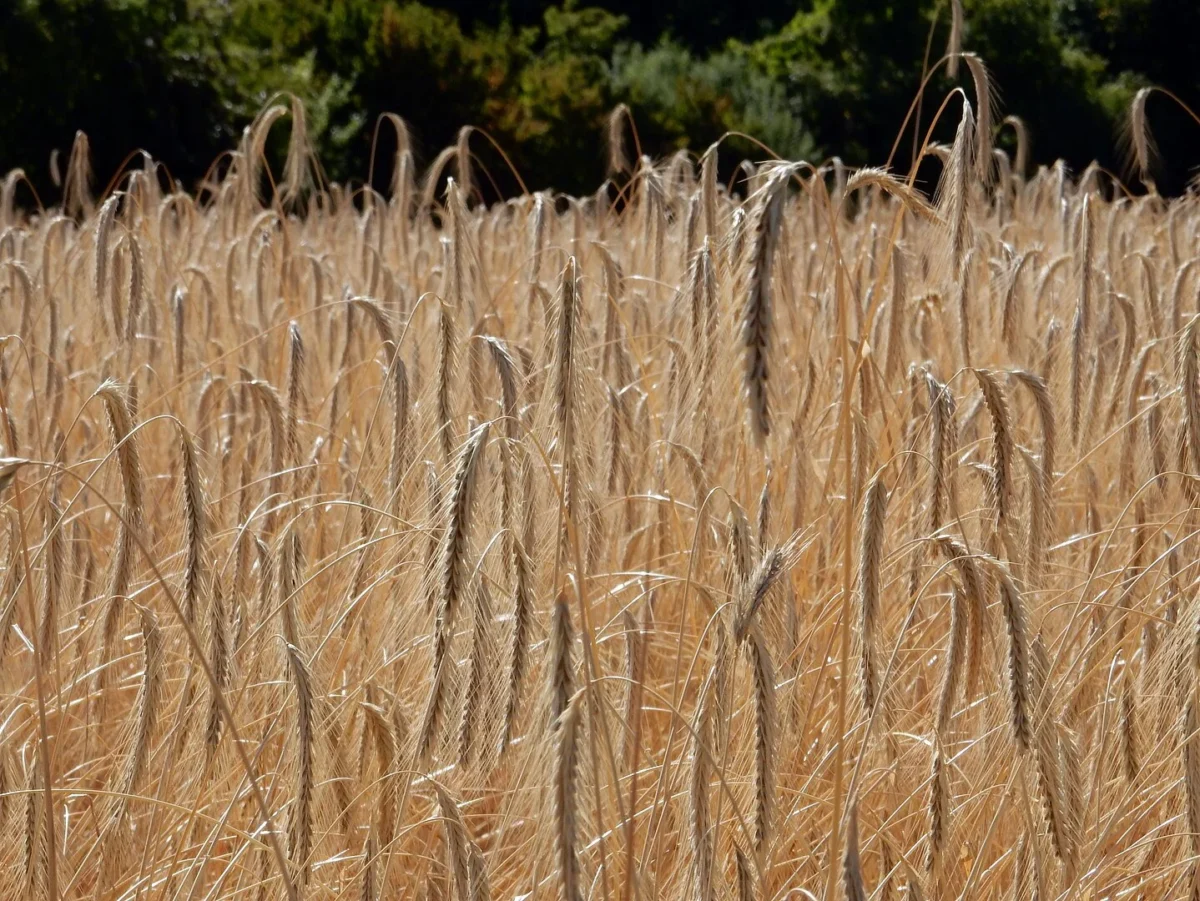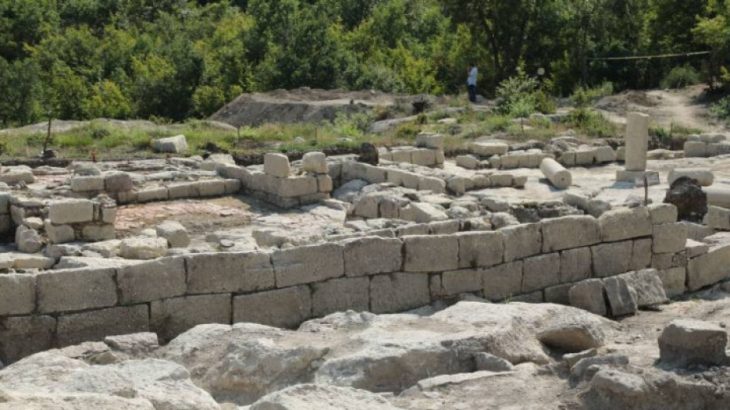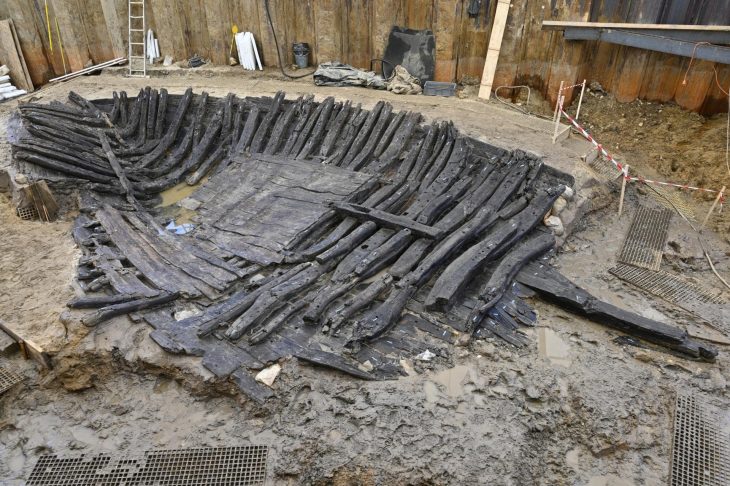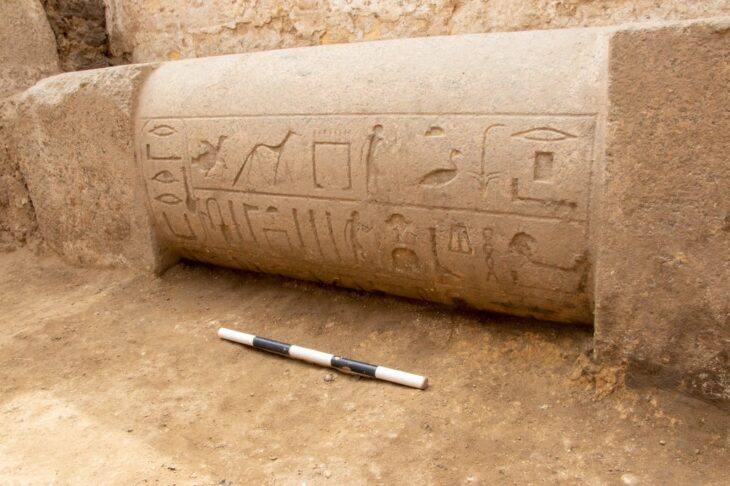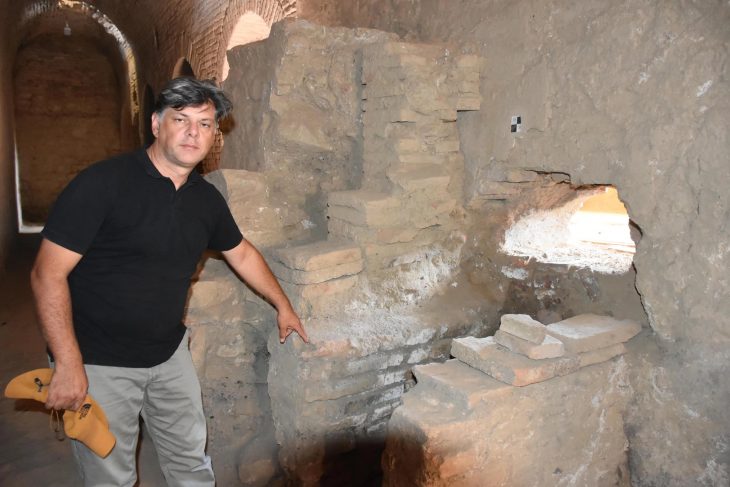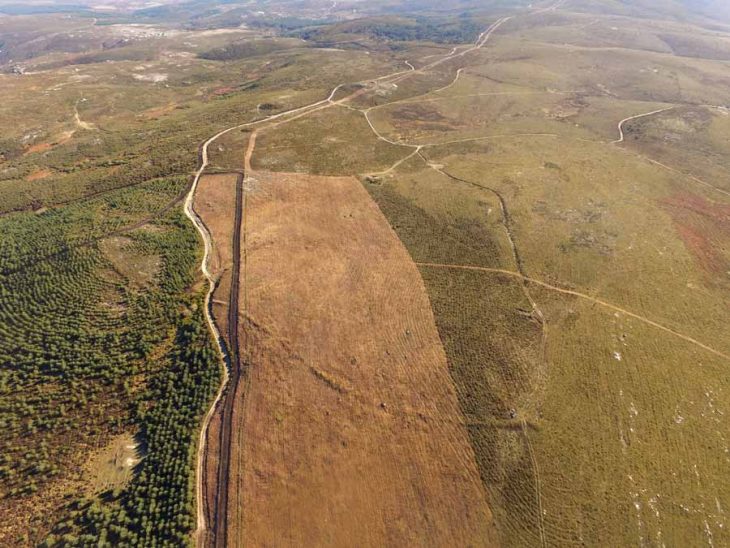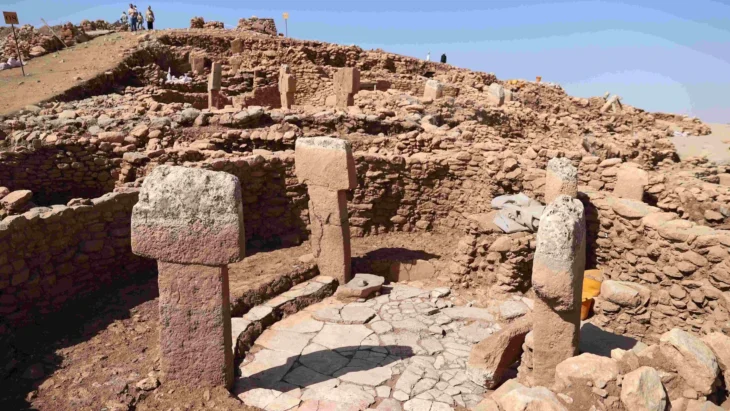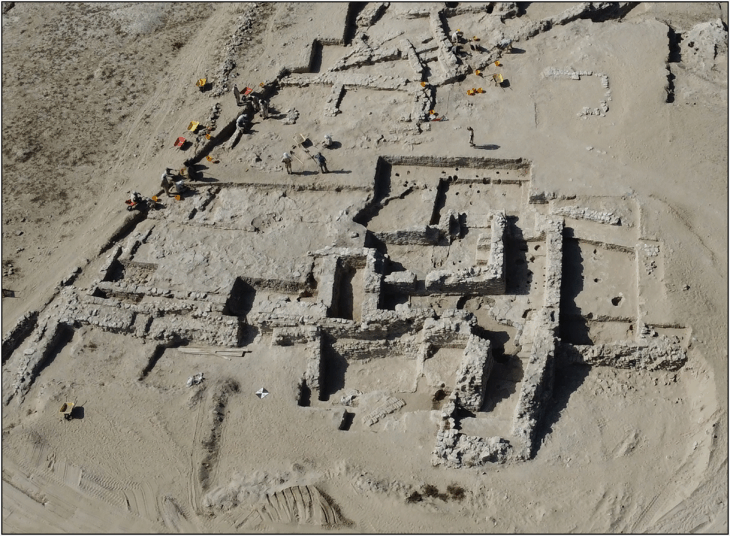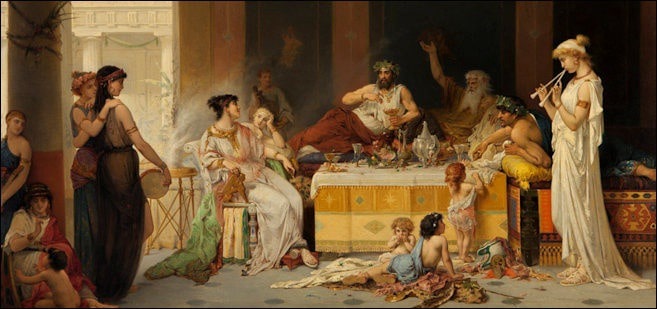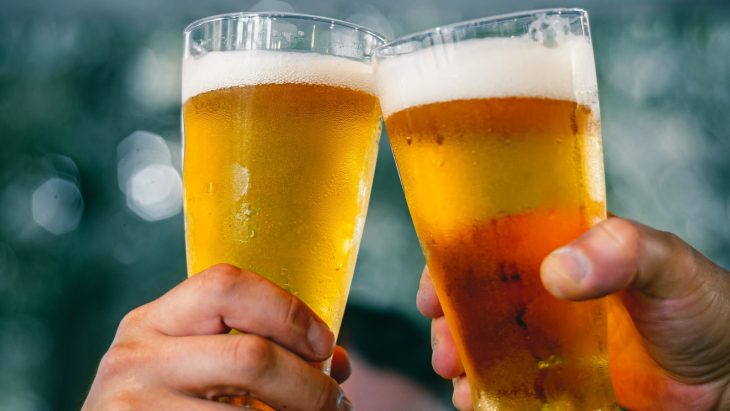Discover how medieval rye cultivation was far more advanced than previously believed. New research reveals intensive farming and fertilizing techniques that shaped medieval agriculture and society.
Recent research from the Cluster of Excellence ROOTS at Kiel University is reshaping our understanding of medieval agriculture in Europe. The study reveals that rye, often considered a “weed” or a last-resort crop for poor soils, was in fact cultivated with considerable care and strategic planning from the 4th to the 15th centuries. This new perspective challenges centuries-old assumptions about rye’s role in medieval farming and social structures.
Intensive Rye Cultivation Confirmed by Isotopic Analysis
Led by palaeoecologist Dr. Frank Schlütz, the research team applied state-of-the-art stable isotope analyses—including nitrogen (δ15N), carbon (δ13C), and sulfur (δ34S)—to charred rye grains excavated from northern European archaeological sites. The isotope signatures clearly indicate that medieval farmers enriched rye fields with organic fertilizers, primarily manure, to boost soil fertility. In some cases, peat was also likely used as a fertilizer, demonstrating a sophisticated knowledge of soil management.
These findings contradict the traditional view that rye was a hardy crop requiring minimal human intervention. Instead, rye cultivation involved deliberate and labor-intensive agricultural practices. The diverse manuring methods highlight a dynamic farming system where rye played a crucial role rather than serving as a mere fallback crop.
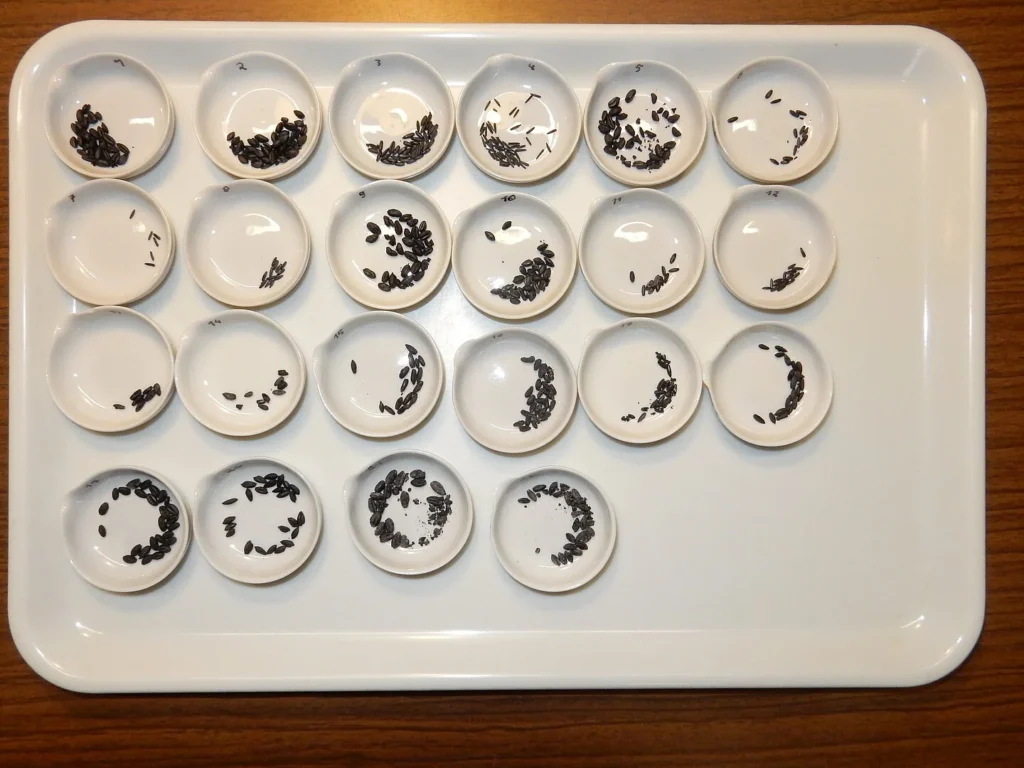
Rye’s Strategic Role in Medieval Society and Economy
Beyond agricultural practices, the study sheds light on rye’s broader social significance during the Middle Ages. Rye surpluses were not just for feeding local populations but were also controlled by the elite and religious institutions. These surpluses helped consolidate power by securing food supplies and economic resources.
📣 Our WhatsApp channel is now LIVE! Stay up-to-date with the latest news and updates, just click here to follow us on WhatsApp and never miss a thing!!
The ability to manage and store rye effectively was a tool for the upper classes and the Church to maintain social dominance. This reveals how agricultural production was deeply intertwined with medieval power structures and societal organization.
Broader Implications for Historical and Environmental Research
This research enriches our understanding of medieval human-environment interactions and offers fresh insights into how past societies adapted to environmental challenges. By tracing the agricultural roots of rye cultivation, the study contributes to broader discussions about sustainable farming and land use in history.
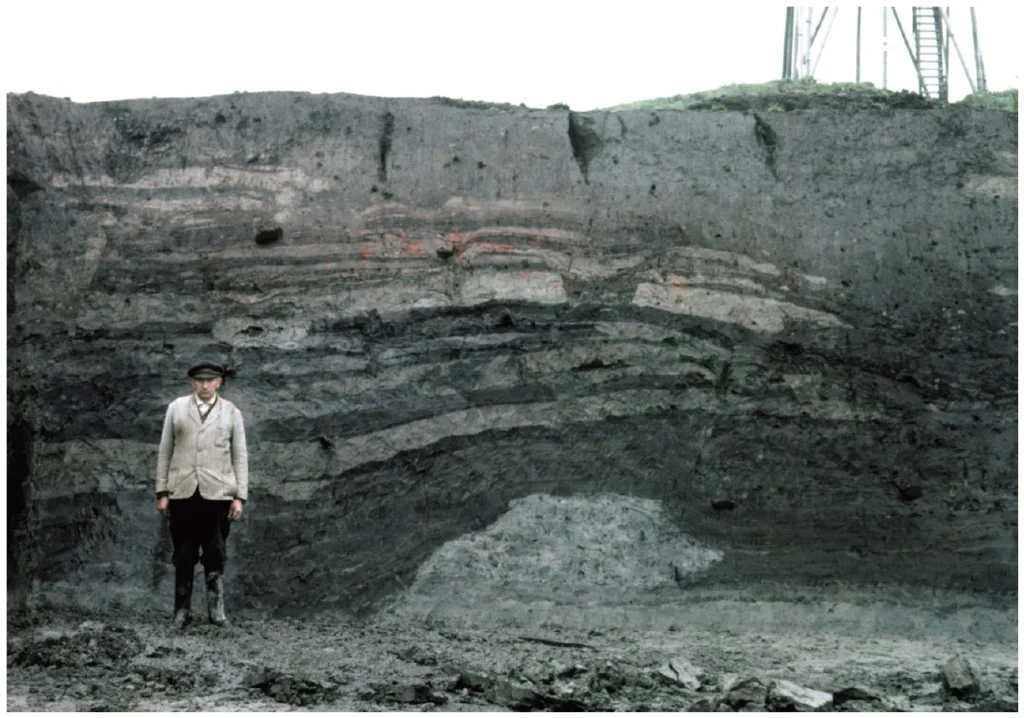
Understanding medieval agricultural techniques also provides context for current ecological and agricultural challenges, highlighting how historical practices could inform modern sustainable farming strategies.
Publication and Further Information
The full study, titled “Stable isotope analyses (δ15N, δ34S, δ13C) locate early rye cultivation in northern Europe within diverse manuring practices”, has been published in the prestigious journal Philosophical Transactions of the Royal Society B. This research is a significant contribution to both archaeological science and the history of agriculture.
Cover Image Credit: Frank Schlütz – Kiel University

